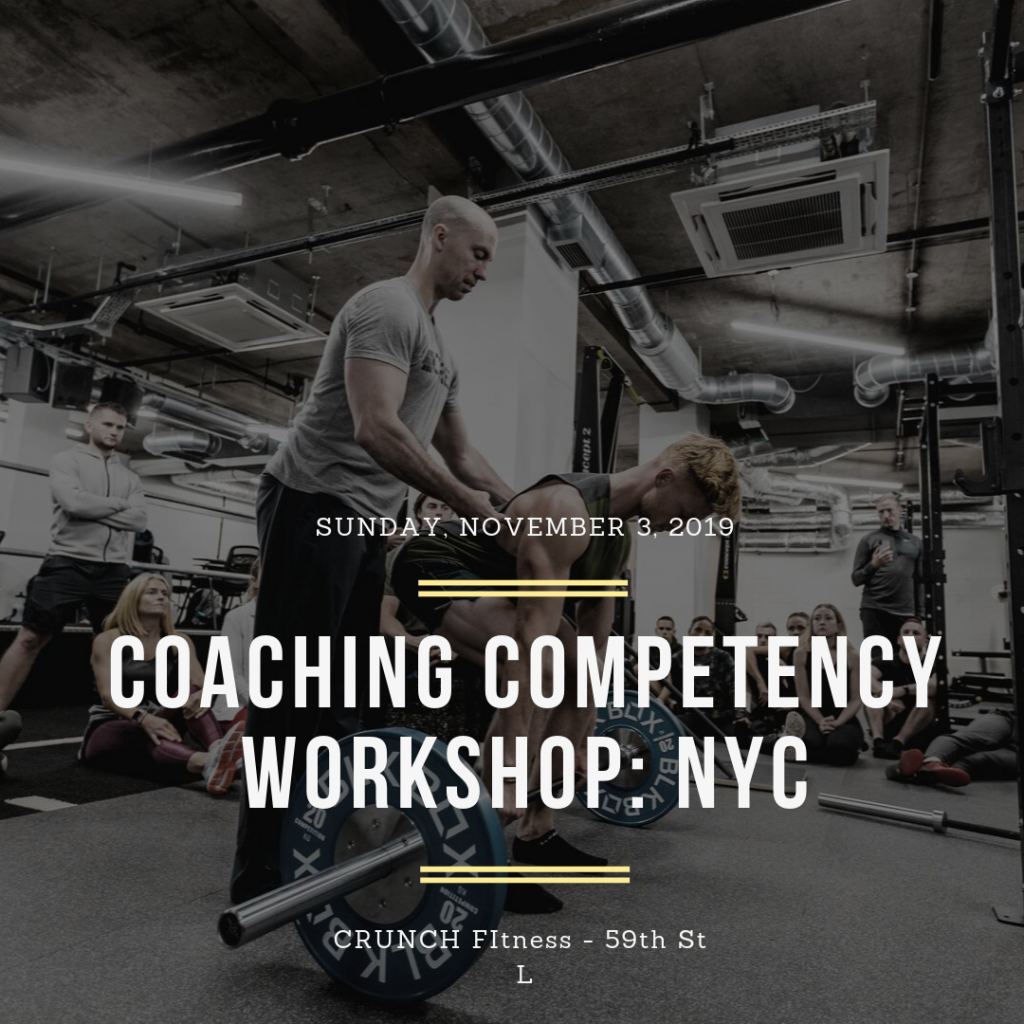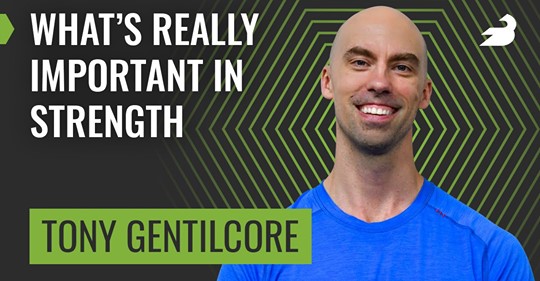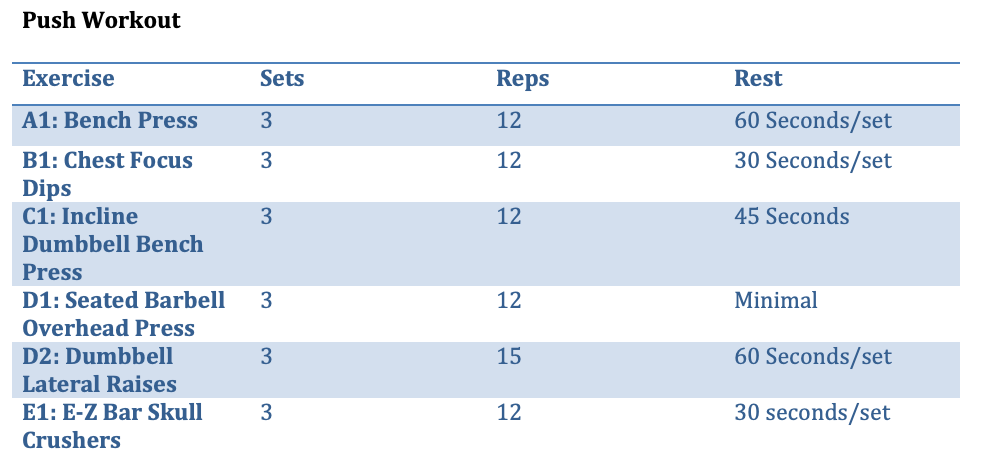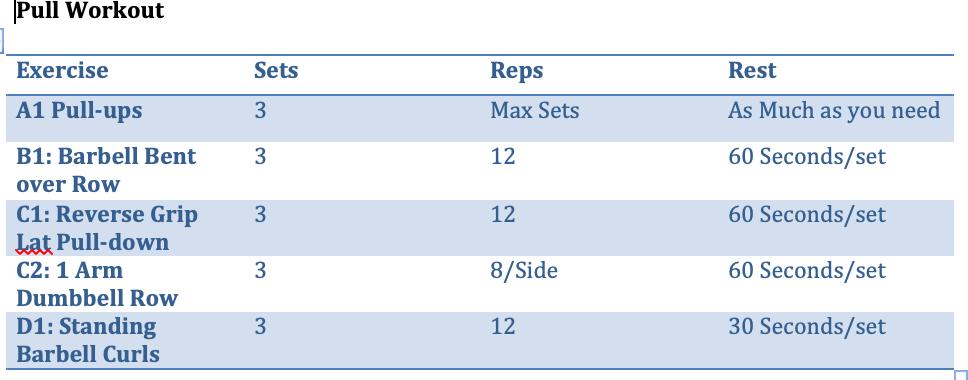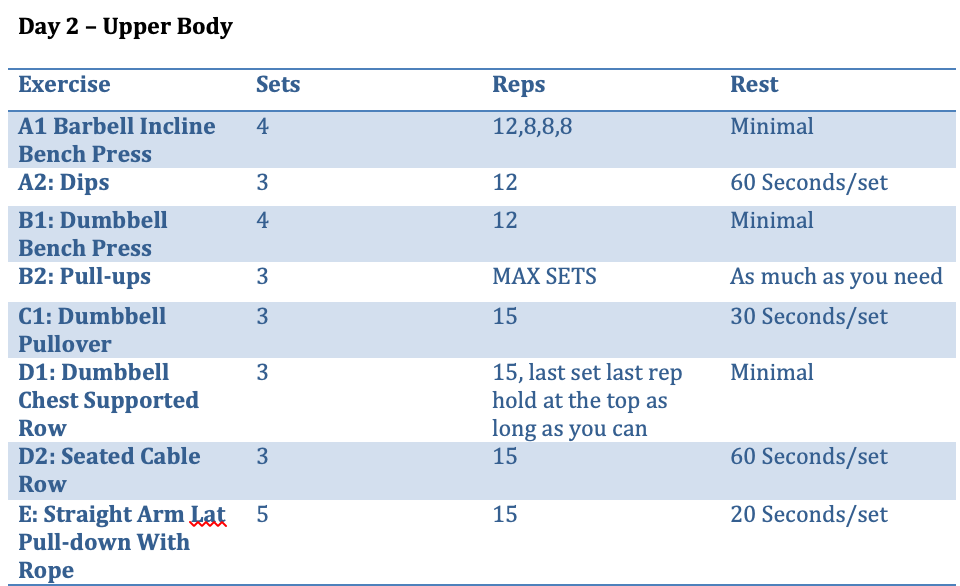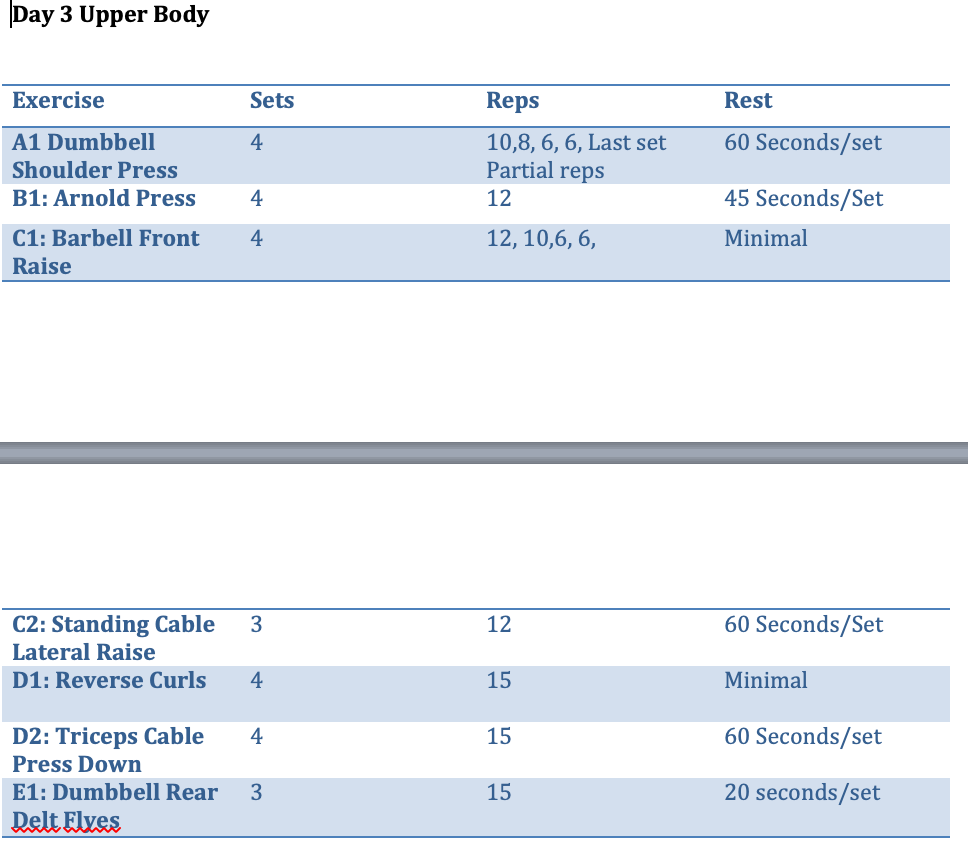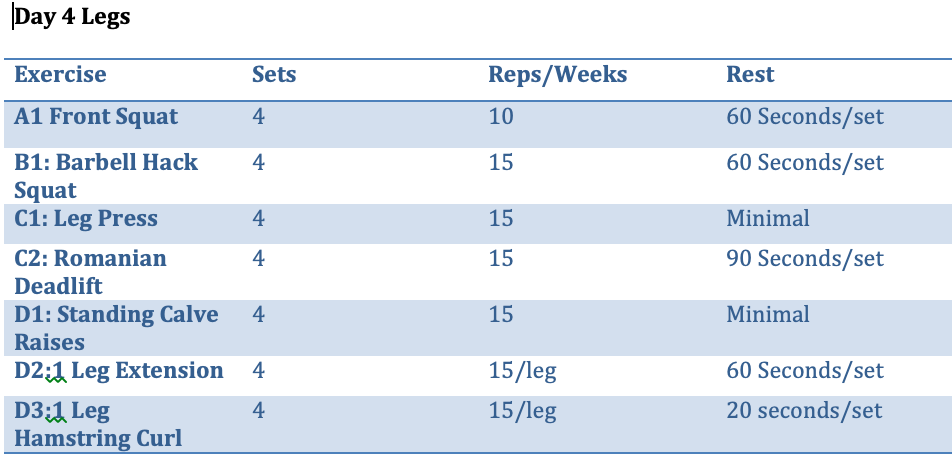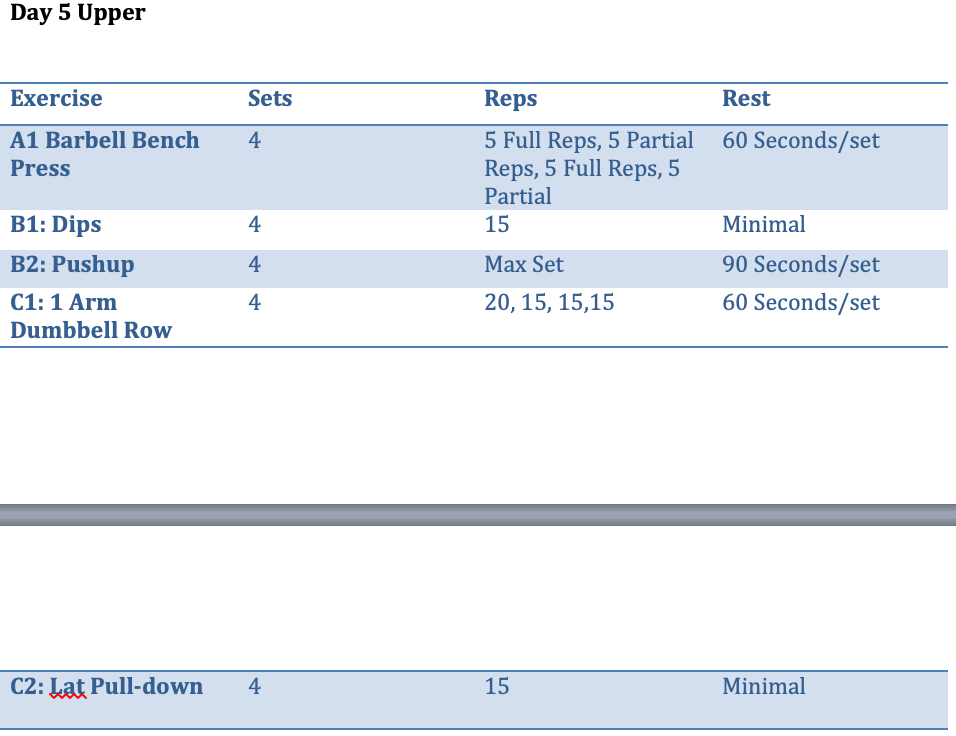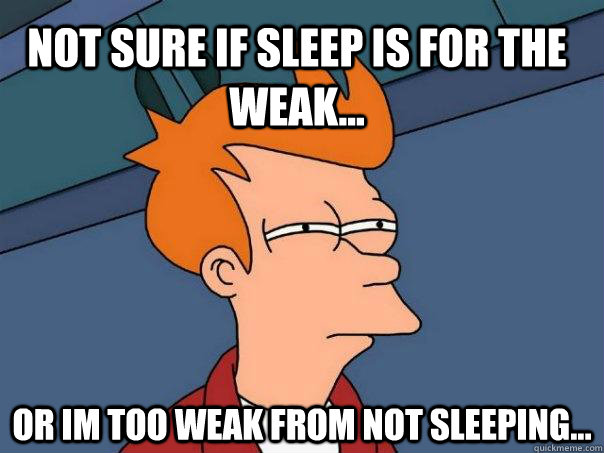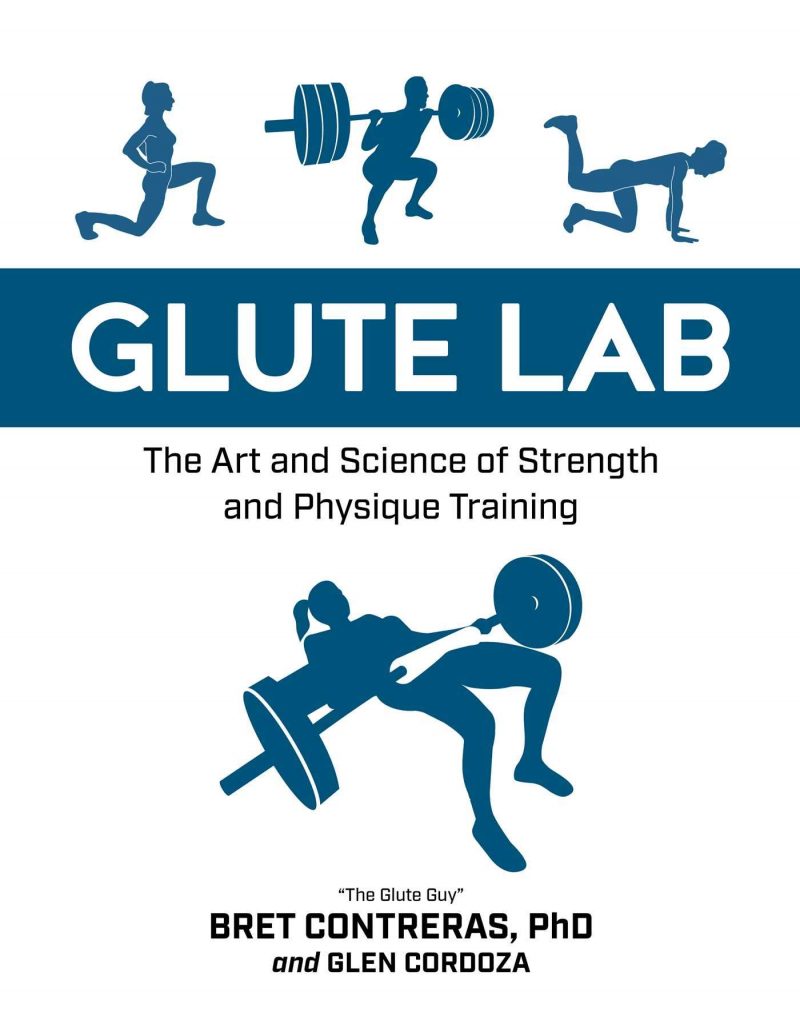Come on, don’t act all hoity toity.
You know you’ve said it, or at least have thought about saying it.
Go ahead: Say it with me….
….”Fuck it.”

Today Was That Day
I didn’t feel overly splendid heading into today’s training session. I mean, I didn’t feel like a got run over by a Mack truck or anything…
…but I didn’t feel awesome either.
I just kinda felt “meh.”
Maybe a little closer to the Mack truck end of the spectrum, though. A small, teeny-tiny part of my soul was like “fuck it, Tony. Stay in and binge watch all the latest episodes of Catfish on Hulu.”
But I did that yesterday (on a non-training day).
Today, however, as I was walking to the gym I knew I had to suck it up and muster some gusto. I reminded myself of something – something I “borrowed” from strength coach Paul Carter – that I routinely say to my clients whenever they show up not feeling up to the task.
“10% of the time you’re going to show up to the gym feeling like a bag of dicks. 10% of the time you’re going to show up to the gym feeling like a rockstar. 80% of the time you’re going to show up feeling like meh.”
It’s those 80% workouts that matter most. You simply show up, do the work, and leave. That’s where (or how) you make the most progress over time”
My coach, Greg Robins (of The Strength House), has me incorporating more of an RPE (Rate of Perceived Exertion) style of training in my most recent block of programming.
NOTE: For those unfamiliar with RPE, HERE‘s a great place to start.
It’s a great way to utilize auto-regulation and takes into account daily/weekly fluctuations in energy and the aforementioned gusto. It still encourages you to work hard, but within the confines of how you feel that particular day.
Anyway, as of late Thursday is deadlift day for me.
Over the course of this past summer I did a fair amount of travel for work, which threw a bit of a monkey-wrench into things. I was still able to train, but I’d be lying if I said wasn’t just going through the motions.
The past few weeks, however, have been awesome.
My travel has been limited and I’ve been able to place a bit more priority on my workouts.
Both my deadlift (and squat) have been inching back up to respectable territory (for me) and it feels great. Last week, for example, I hit 535×3 for my top set of deadlifts.
Heading into today’s workout, needless to say, I was a bit skeptical if I was going to be able to match that effort.
My first set at 500×3 wasn’t as speedy as I would have liked.
I hesitated.
Maybe I should stay put?
Maybe I should listen to some Norah Jones and cuddle?
Then I just said “FUCK IT” and I slapped on another 45 lbs.
This was a case where the “fuck its” worked in my favor.
The added mental bullying conjured up some rage and I was able to hit my reps without shitting my spleen.
It doesn’t always work that way of course.1
Take my good friend Bryan Krahn, who, conversely, posted this today on his Twitter account:
Arrived at the gym for a heavy squat workout.
Just one warm up set in and my lower back tells me its not recovered from a previous leg workout.
So I switched to machines and single-leg work for higher reps. Success.
Go heavy or go home? Talk to me in 20 years.— Bryan Krahn (@BryanKrahn) October 10, 2019
He wasn’t feeling so hot, didn’t try to be a hero, but also didn’t abandon ship either. In his scenario the “fuck its” entailed a bit more tact and responsibility.
And that’s totally cool too.
The “fuck its” can manifest on either end of the spectrum.
The important thing is that you show up and do the work.



